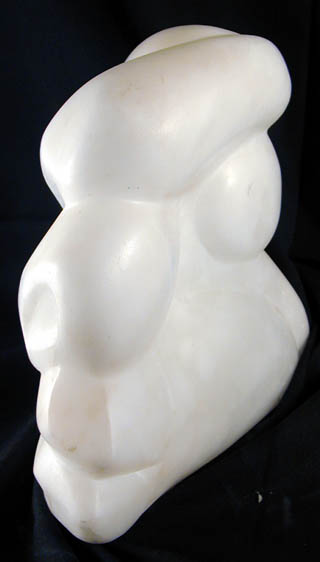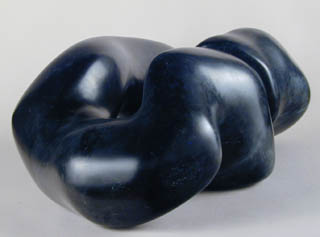This is the title for an old but still very relevant article found in the BBC news on the topic of video game development. The link can be found here http://news.bbc.co.uk/2/hi/programmes/click_online/6047566.stm
Quoting from the news article:
“Spiralling production costs, development time and accusations of a lack of innovation are causing problems for gaming companies. But some in the industry are hoping the revival of user-generated games may provide the solution.
Boasting 3D, photo-real graphics and 5.1 surround sound, contemporary video games are pretty impressive.
But games that look and feel next-gen do not come cheap.
With development costs running into tens of millions of dollars, the games industry relies on sequels and tried and tested formats.
Eidos’ Ian Livingstone says: “The industry really is relatively young but already it’s surpassed Hollywood box office in receipts. It’s [earned] $20bn [£11bn] a year in software sales alone, so it’s a huge business.
“I think publishers became a little bit more risk-aware because of the amounts of money involved.
“You get two or three titles wrong, and you’ve spent £5m [$9m] to £10m [$19m] each on them, you’re out of business in a hurry.”
Popular game genres like sports, racing and first person shooters, dominate the charts.
But where are the new, innovative ideas?
Observers think the industry needs an injection of imagination. “
The article then goes on to discuss the attempts by Microsoft and other software moguls to provide platforms that will allow individuals to penetrate the development scene.
Unfortunately, these platforms also serve the purpose of locking the would be developers into the preferred platform of the supplier.
There are two solutions to this dilemma that we like. One involves the creation of group productivity tools similar to those used on sourceforge.net for open source software. This would need to be enhanced in a wiki type fashion to allow for parallel development of story-lines and other non software aspects of the project.
Another solution we like is the use of simpler development platforms that are more friendly to small team (or solo) development.
In this regard I’m very familiar with the G.O.D.D. engine — as one of the co-developers I’m more or less forced to be aware of it. However, you may know of other small-team friendly development systems. Heck you might even be involved in such a beast. If that is the case please drop a line. It would be good to know about and perhaps review.
The problem with massive projects is the demand for justification. You simply can’t ask 150 people to work on a project without justifying to them in some fashion the why, where, and how of that project. This is not conducive to exploration of a creative hunch.




